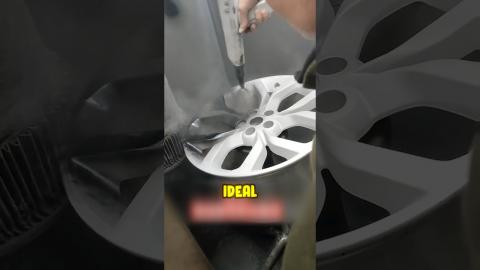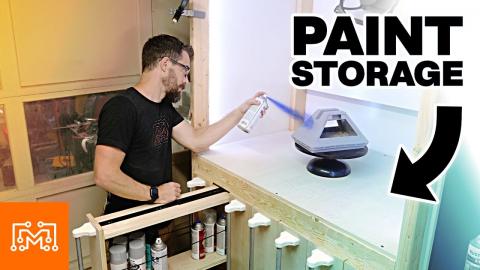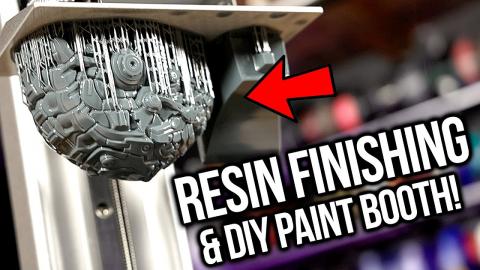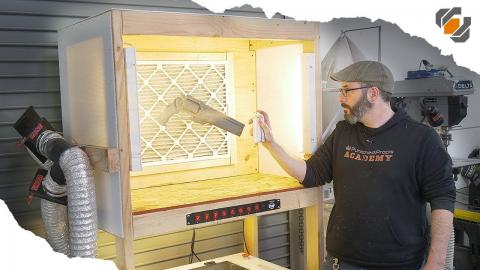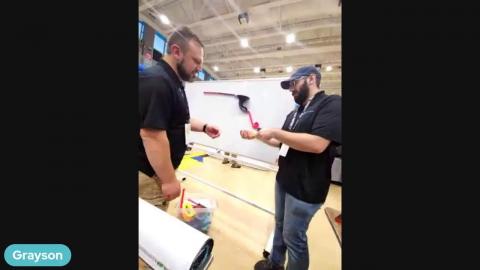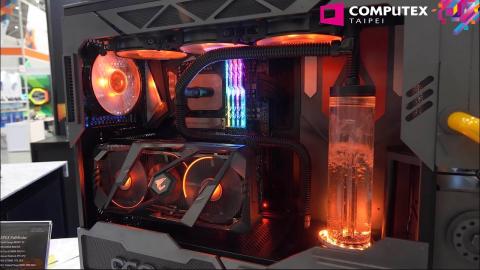How to make a DIY Ventilated Paint Booth
Description
I made a paint booth that vents the fumes outside by using a furnace blower!
For $50 off a premium Casper mattress, go to http://www.casper.com/iltms and use promo code: iltms
Terms and conditions apply.
Subscribe to my channel: http://bit.ly/1k8msFr
Second Channel: http://bit.ly/iltms-2
MORE PROJECTS, POSTS AND EVENTS
http://www.iliketomakestuff.com
TOOLS & SUPPLIES:
https://kit.com/iliketomakestuff/my-woodworking-tools
https://kit.com/iliketomakestuff/shop-safety-gear
Twitch Stream Every Wednesday @ 11am EST: www.twitch.tv/iliketomakestuff
Want to support ILTMS? Get exclusive content and more...
http://www.iliketomakestuff.com/patreon
BUY A SHIRT, STICKER, DIGITAL PLANS and MORE!!
http://www.iliketomakestuff.com/store
FOLLOW:
http://twitter.com/iliketomakestuf
http://www.twitch.tv/iliketomakestuff
http://instagram.com/iliketomakestuff
http://facebook.com/iltms
Now that my new shop is in the basement of my house, my family not only gets to hear me work, but they can also smell me paint from beneath the floorboards.
In a past project, I made a small collapsible paint booth. Although it is nice that it folded up for convenient storage, its small size was really limiting. Because I have more room in the shop, I am capable of building bigger projects and if I wanted to paint those larger projects I would have to take it outside in the elements and mess up my driveway.
Planning the booth construction was pretty simple; just build a box with some folding doors. But all those paint fumes would gather in the basement and permeate upstairs which would be terrible, so the fumes had to be vented outside. My brother had a spare furnace blower that he donated to this project, and it is very important to note that the blower'e motor was not inside the impeller housing like many furnace blowers. If the motor was inside the housing, the flammable vapors from the paint would be traveling over the motor's brushes and could create a explosion hazard, but our blower is belt driven and completely separated from any fumes.
After building the paint booth housing from 2x4s and sheets of white chloroplast, I began working on the ducting to vent the vapors. I ran 4 inch metal ducting (which we later changed to 6 inch...WAY better!) and made a custom hood to connect the pipes to the furnace blower. To vent the fumes outside without having to open the garage door every time, I drilled a large hole in my house's brick exterior. Luckily, I drilled the hole right on the first try and I installed a dryer exhaust port to complete the system.
I built a box that would connect the ducting to the booth and it would also hold some air filters. After researching appropriate filters, I found that many paint booths have baffles that allow air to pass through but catch the majority of the sprayed paint. I used the Glowforge's new pass-through door to laser cut out a design on the tall plywood sheets. The design would be carved on two sheets of thin plywood, but they would be offset from each other so that paint wouldn't shoot right through.
I decided to plumb in a connection to the Glowforge's exhaust as well as putting a suction port in the metal-working area to vent nasty welding fumes. Besides having the ability to paint big projects, I am now able to vent all harmful vapors outside, away from my lungs and away from my family hanging out upstairs. This shop project started out as a simple build and ended up connecting major work areas in the shop and should keep us safe for future projects.


